Among lots of new-built streets of Isfahan, you can find a hidden intact site that makes you forget all overwhelming issues and widens your horizons. It’s like you’ve used a time machine and flashed back to the Safavid time of Iran, named Naqsh-e Jahan Square. It’s not an ordinary square, it has seen many important events of different dynasties since the Safavid monarchy about 500 years ago until now. The figure of the square is rectangular and it used to be a center for announcing the news to people when there was no media.
The Great History of the Magnificent Square
In 1598, when Shah Abbas of Savafi was the ruler of Iran, he moved the capital to Isfahan. That was when he initiated what has now turned to one of the greatest wonders of the world. Shah Abbas had two master plans: Chahar Bagh Avenue and Naqsh-e Jahan Square. The chief architect of this plan was the famous Shaykh Bahai. This was an important step in centralizing the power of the Safavid dynasty. By building the square, or Maidan, Shah Abbas would gather the three main components of power in his own backyard. The Shah Mosque represented the power of the men of God, the power of merchants was fully represented in the Grand Bazaar (Qeysarie), and Ali-Qapu Palace showed the power of Shah himself.
Naqsh-e Jahan: The Royal Square
The square, or Maidan, was where the Shah and the people could meet. All around the square, you can still see the two-story row of shops, flanked by impressive architecture, and eventually leading up to the northern end, where the Qeysarie Bazaar is situated. The square was a busy arena of entertainment and business, exchanged between people from all corners of the world. Isfahan was an indispensable stop along the Silk Road. Merchants from all around the world knew how to make the profits out of their goods in this royal square.
During the day, much of the square was occupied by the tents and stalls of tradesmen, who paid a weekly rental to the government. You can still these shops today, selling different things, suitable for souvenirs.
A Place for Holding Ceremonies and Playing Polo
The square hosted many public ceremonies and festivities and the king would sit on the balcony of his palace and enjoy. One of these occasions was, of course, the annual event of Nowruz, the Persian New Year. In addition, the sport of polo could be played in the maidan. The marble goal-posts, erected by Shah Abbas, still stand at either end of the square.
The Wonderous Peculiar Orientation of Naqsh-e Jahan Square
There is something really interesting about the peculiar orientation of this marvelous square. Many historians believe that unlike most buildings of importance, this square did not lie in alignment with Mecca so that when entering the entrance-portal of the Shah Mosque, the half-right turn enables the main court within to face Mecca.
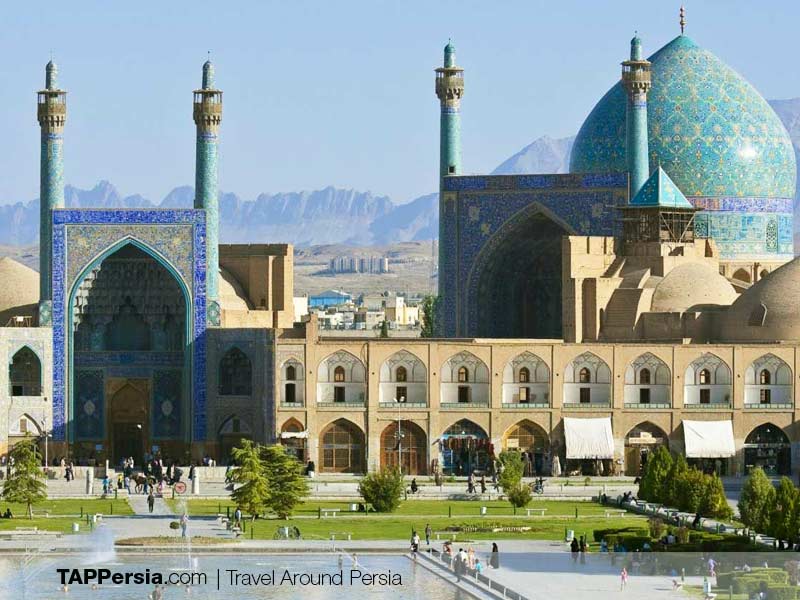
According to Donald Wilber, the vision of Shaykh Bahai was for the mosque to be visible wherever in the maidan a person was situated. Had the axis of the maidan coincided with the axis of Mecca, the dome of the mosque would have been concealed from view by the towering entrance-portal leading to it. By creating an angle between them, the two parts of the building, the entrance portal, and the dome are in perfect view for everyone within the square to admire.
Ali-Qapu Palace
There are 3 ancient buildings and a foreground on the square sides. On the western side of the square, you can observe the Ali-Qapu building with beautiful wooden pillars. Ali-Qapu is a Turkish name which means the high gate. It was the center for Safavid authorities to rule the country. Nowadays you can go inside it and discover its amazing wonders. I bet you’ll have one of your most pleasant experiences by standing on its wide balcony and watch all the beauty of the square under your feet.
Sheikh Lotfollah Mosque
Right across Ali-Qapu Palace, there’s an eye-catching mosque which is called Sheikh Lotfollah. Sheikh Lotfollah was Shah Abbas’ father in law, he was a Shia religious leader from Lebanon. The king built here to show the respect he had for Sheikh. There are some inscriptions with beautiful calligraphy on its gate, also the vaulted tiled structure and painted mosaics are designed nicely. Usually, mosques have 2 minarets, that’s a sign of inviting all people to pray, but Sheikh Lotfollah doesn’t have any minarets as it was only constructed for Shah’s family and courtiers. Its buff-colored dom makes it unique among all mosques in Iran because other doms are usually turquoise.
Shah Mosque – A Beauty Inside Naqsh-e Jahan Square
On the southern side, you can see people sitting on the beautiful white marble stones in front of the Abbasi Congregational Mosque which presents itself with beautiful blue vaulted tiles and inscriptions. Shah Abbas built this mosque to honor his great grandfather Shah Tahmasb and make his spirit happy by the prayers people say inside. You can observe 3 bullet marks on its marvelous inlaid door which refers to the Afghan’s attack on Isfahan. Shah Mosque (Imam Mosque) is full of beauties inside that cannot be described with words but you have the chance to visit this magnificent place. The Royal Mosque is registered, along with the Naqsh-e Jahan Square, as a UNESCO World Heritage Site.
Qeysarie Bazaar – The Grand Bazaar of Isfahan
Qeysarie foreground on the northern side of the square is actually a gate for Qeysarie Bazaar. It had 3 floors in the past but now it only has 2 floors. The third floor was used for playing musical instruments and announcing time in the day. There are vaulted tiles and different paintings on mosaics. One of the paintings shows 2 archers with human heads and lion bodies which are signs of Sagittarius in a constellation. Other painting themes consist of Shah Abbas in a war with Uzbekistan, haunting scenes, and some Europeans in Safavid palaces.
There are two verses of a poem by world-famous poet, Sa’adi, written on both sides of the gate, the first verse says “The intention of this design was that it should survive because I perceive no stability in my existence” and the other says “unless one day a pious man compassionately, utters a prayer for the works of dervishes”. At the bottom of the gate, big platforms made of Jasper and porphyry invite you to sit a bit for a break. Jewelers used to spread their jewels on these platforms and present them to people.
What to Do in Naqsh-e Jahan Square
There are several bazaars around the square. Inside Qeysarie bazaar they usually sell carpets, clothes, and jewelry. When you go further, on your right, you smell different pleasant aromas because you get close to the spices bazaar. Then you may see gold, silver, and copper bazaars. Also Ghalam-Zani (metal carving), (Khatam-Kari) marquetry, Mina-Kari, turquoise, and other different handicrafts bazaars are available. You can always enjoy traditional snacks sold in Naqshe Jahan square. I suggest not missing traditional ice cream and Faloodeh (iced noodles). Or you can just choose one of the many isfahan cafes all around the square and enjoy a sip of Persian tea.
All in all, if you’re making a list of things you should do in life, I highly recommend you visiting Naqshe Jahan square. It’s a must-see that inspires you with its wonders and stories.

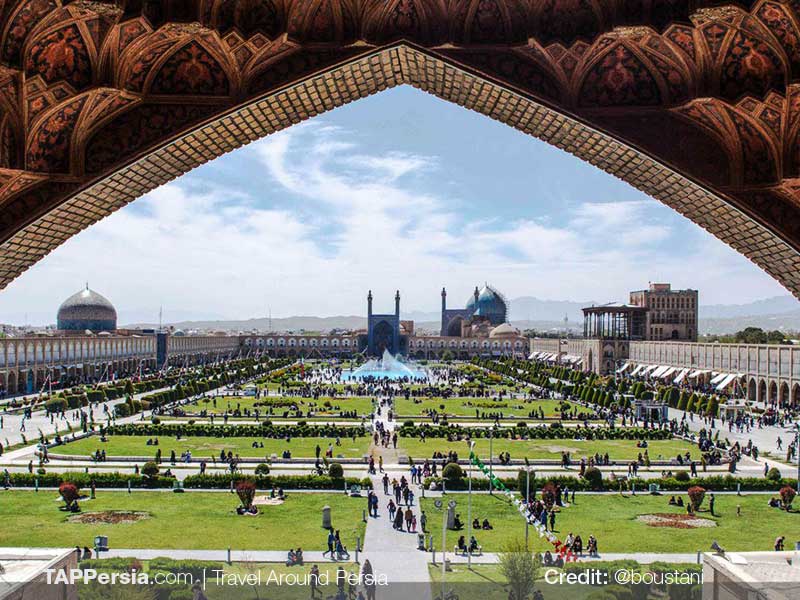
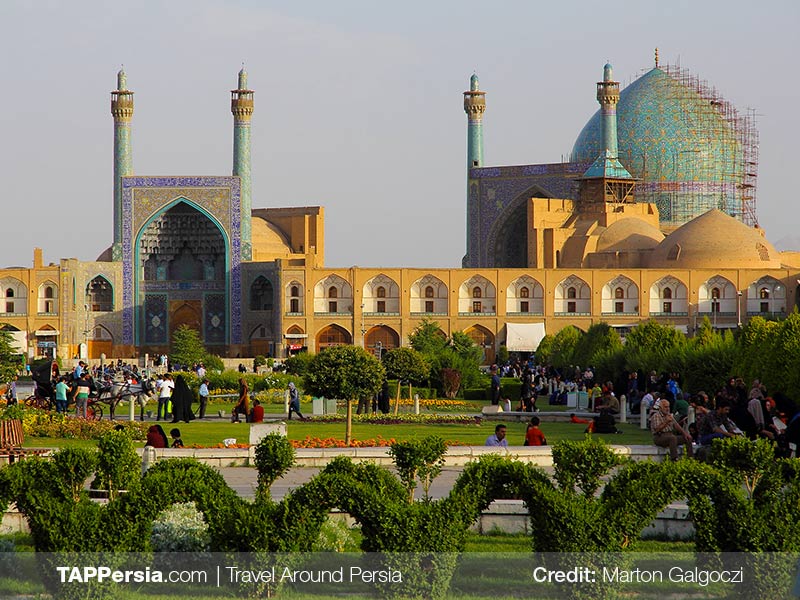
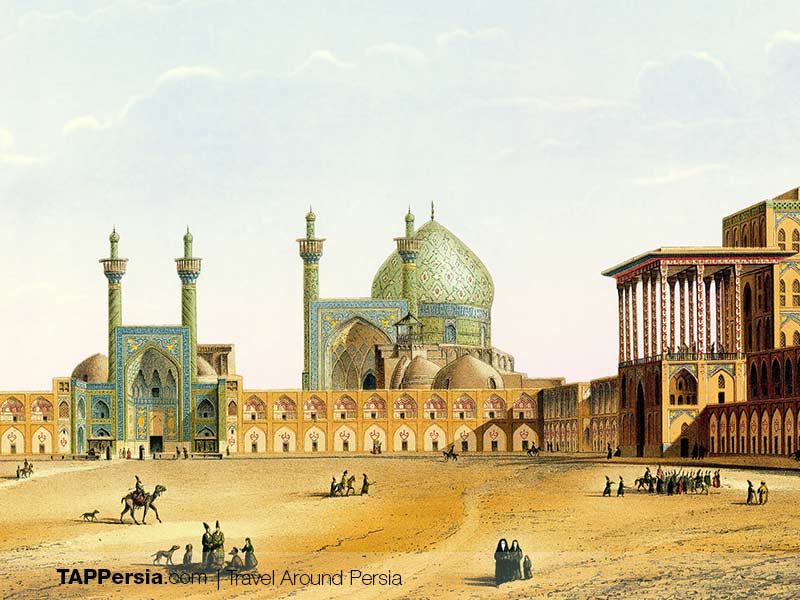
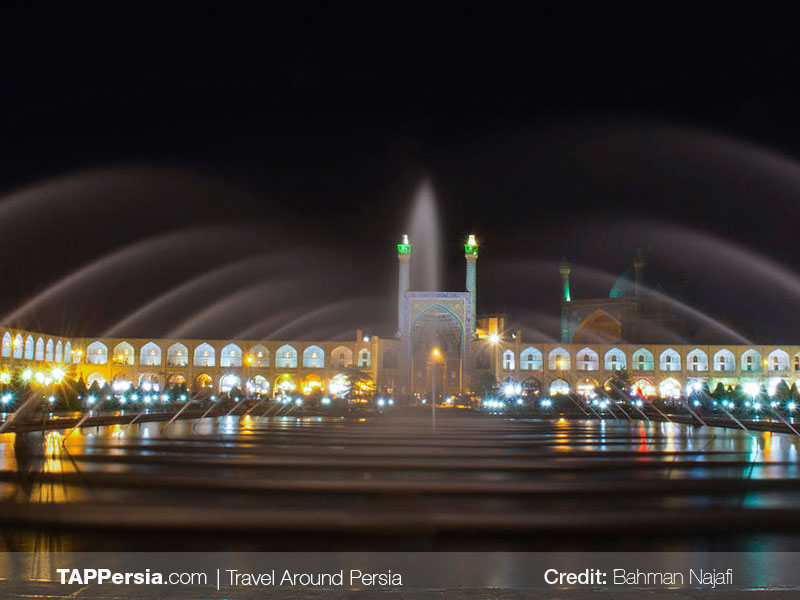
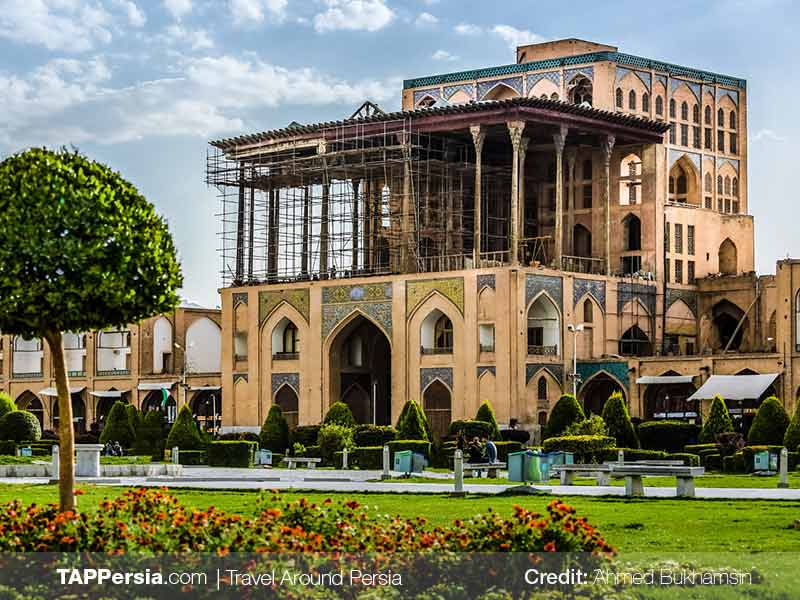
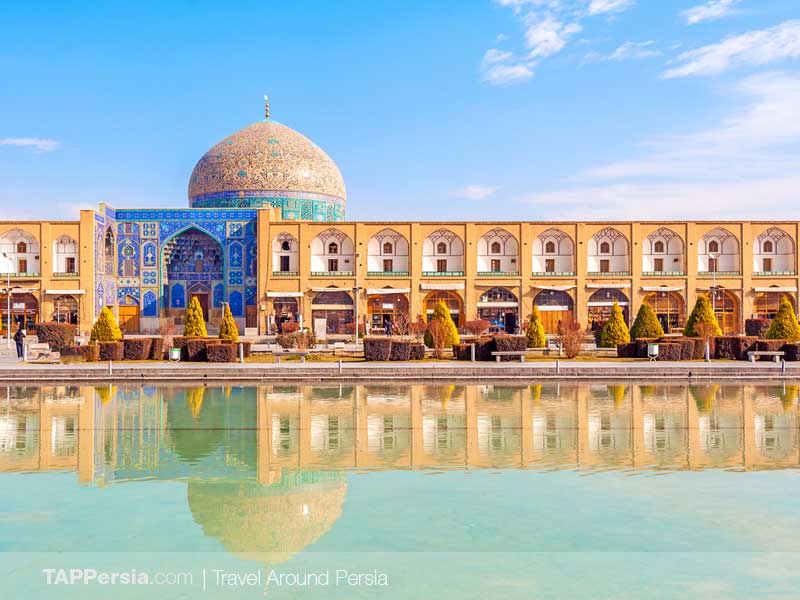
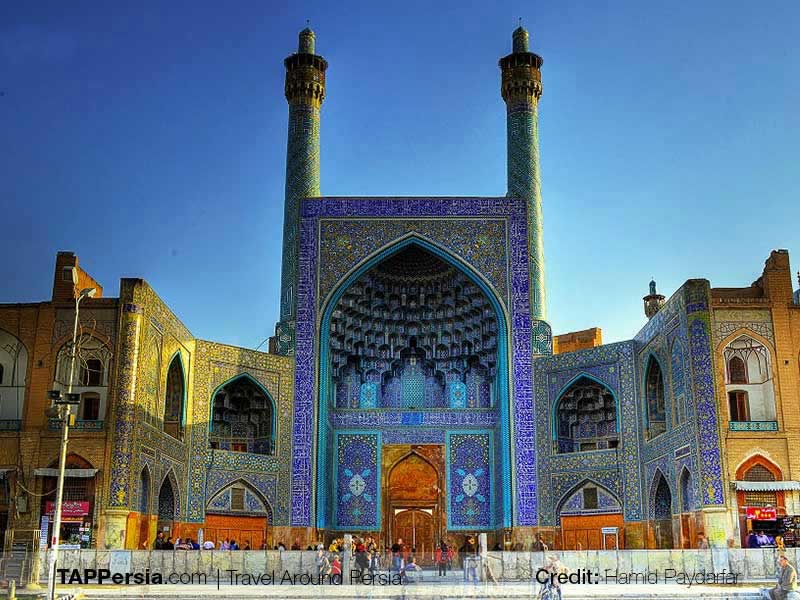
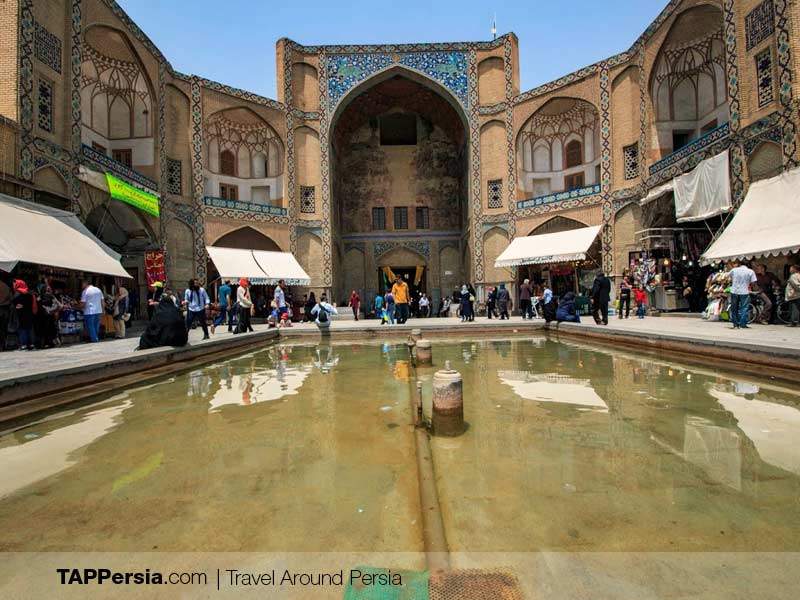
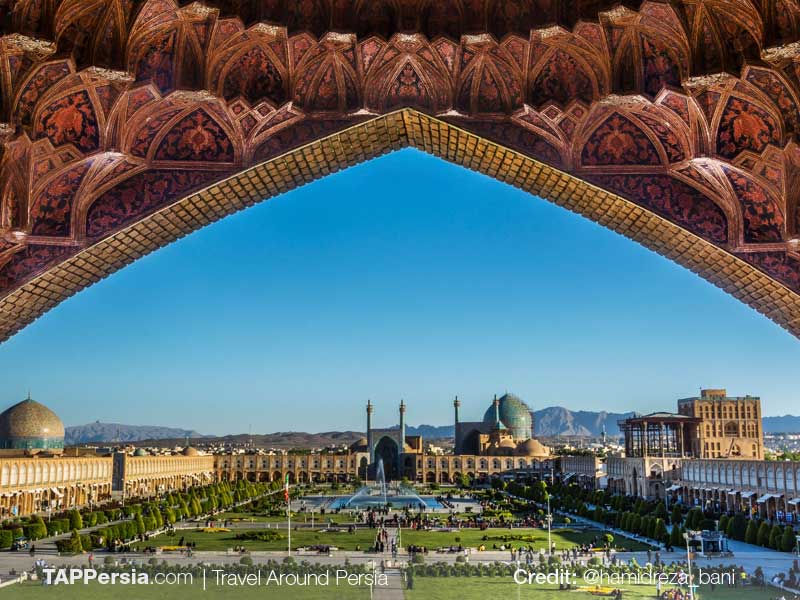
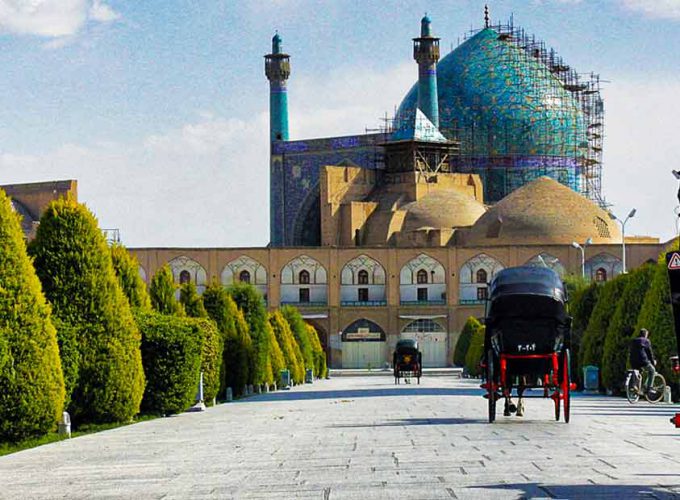
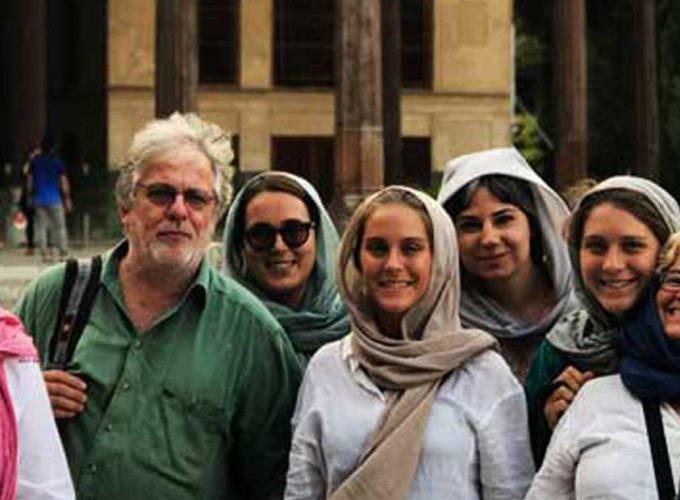
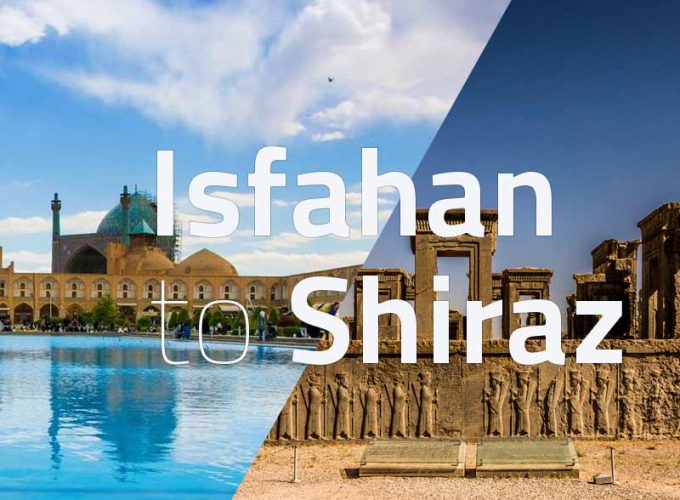
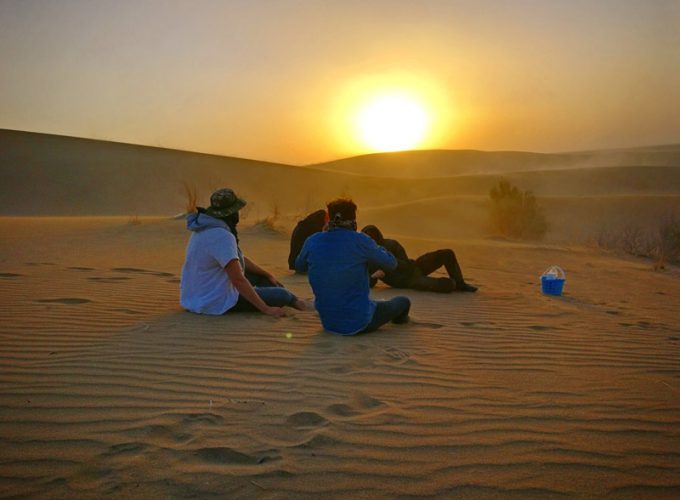
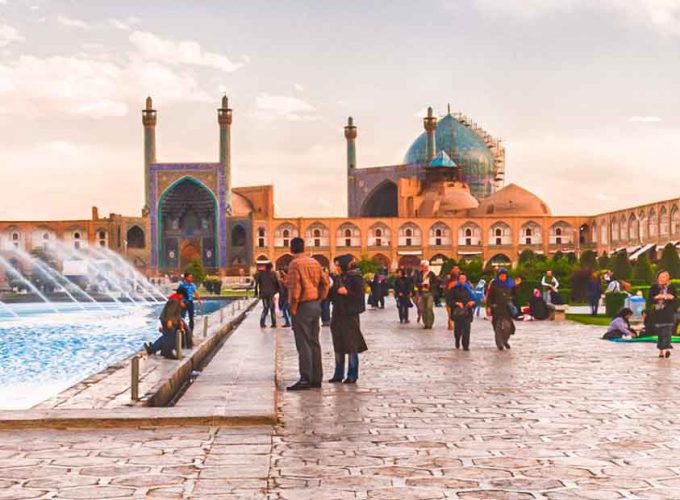
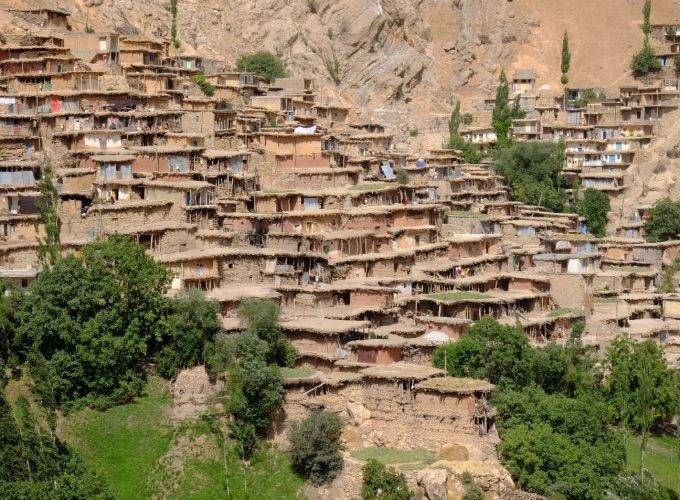


Comment (0)